VPN Remote Access: Navigating The New Normal
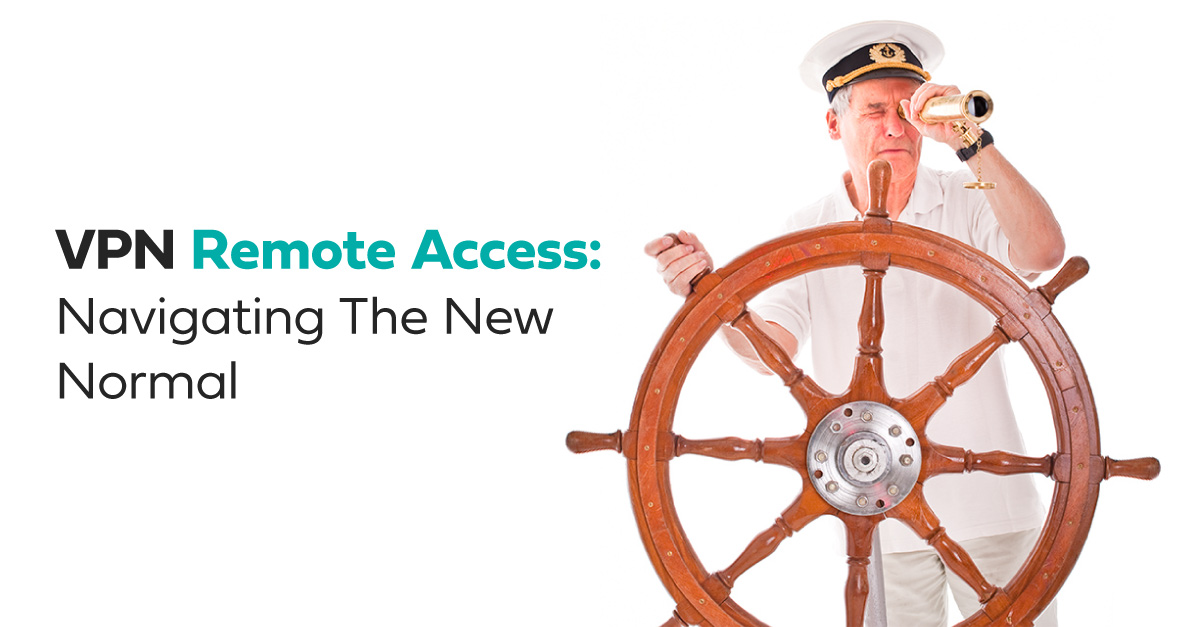
Lockdowns, quarantines, self-imposed isolation, restructuring business for online platforms, and remote workers — COVID-19 has had enterprises participate in the biggest remote work experiment in human history.
Now, more than a year into the pandemic, we are in a relatively better position to gauge the impact of remote working on how we communicate, connect, and create. This raises the obvious question — is remote work here for the long haul, or was it merely an experiment?
I’ll let the numbers do the talking. According to McKinsey, 80% of people enjoy WFH. Besides, 41% feel more productive than before, and 28% are as productive. Irrefutably, the freedom to let employees work from a place of convenience is one of the most desirable benefits an employer can offer in 2021.
Modern-day CIOs want to leverage this flexibility as a catalyst to reinvent the future of work and make things better than they were, rather than use it as a band-aid to keep the lights on.
Investing in remote working capabilities also gives enterprises a safety-blanket to weather whatever life throws their way. But the ‘unknowns’ make rethinking the future of work critical.
The Bane of Remote Work
Take a step back and contemplate how much of your work and life rely upon the public internet. It’s overwhelming, to say the least. In fact, it won’t be an exaggeration to say that you are more likely to be a victim of a cyberattack than witness a physical break-in. Needless to say, your productivity is directly proportional to the quality of access to the internet, which comes with two major challenges.
Application Performance
According to Gartner polls, 54% of HR leaders say that poor technology and tech infrastructure is the most significant barrier to remote work. While enterprises are equipping their employees for remote work and leaning on cloud technology to do so, many are running headfirst into brick walls.
Cloud technology is grounded in connectivity, and when you depend on a public network to run these remote desktop applications, unstable latency, packet loss, and other performance degrading factors are bound to cause road bumps and derail the entire plan.
Security
The digital revolution in response to the coronavirus crisis has paved the way for new security vulnerabilities. According to Cybercrime Magazine, 2021 might witness a ransomware attack every 11 seconds. Twice of what it was in 2019 (19 seconds) and nearly four times of what it was in 2016 (40 seconds), landing a financial blow of almost $20 billion in 2021. That is equivalent to the economy of a small country. It stands to reason that having secure access to the company’s network is of prime importance.
The VPN to the Rescue
The massive 124% uptake in VPN services in the pandemic’s wake suggests how enterprises turned to virtual private networks to provide employees outside the traditional enterprise perimeter with secure and reliable access to corporate networks.
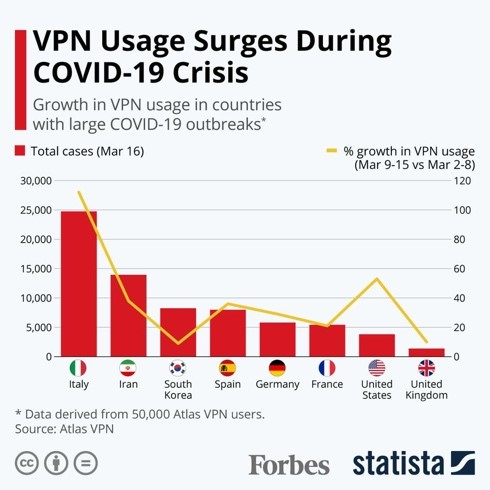
However, prior to the pandemic, business VPN was not so mainstream and attracted very limited investment. These VPN solutions were functional but could only enable a small portion of employees to work remotely. As remote work took center stage and the number of VPN users quadrupled, these existing solutions struggled in terms of flexibility, application performance and often fell prone to security issues as well.
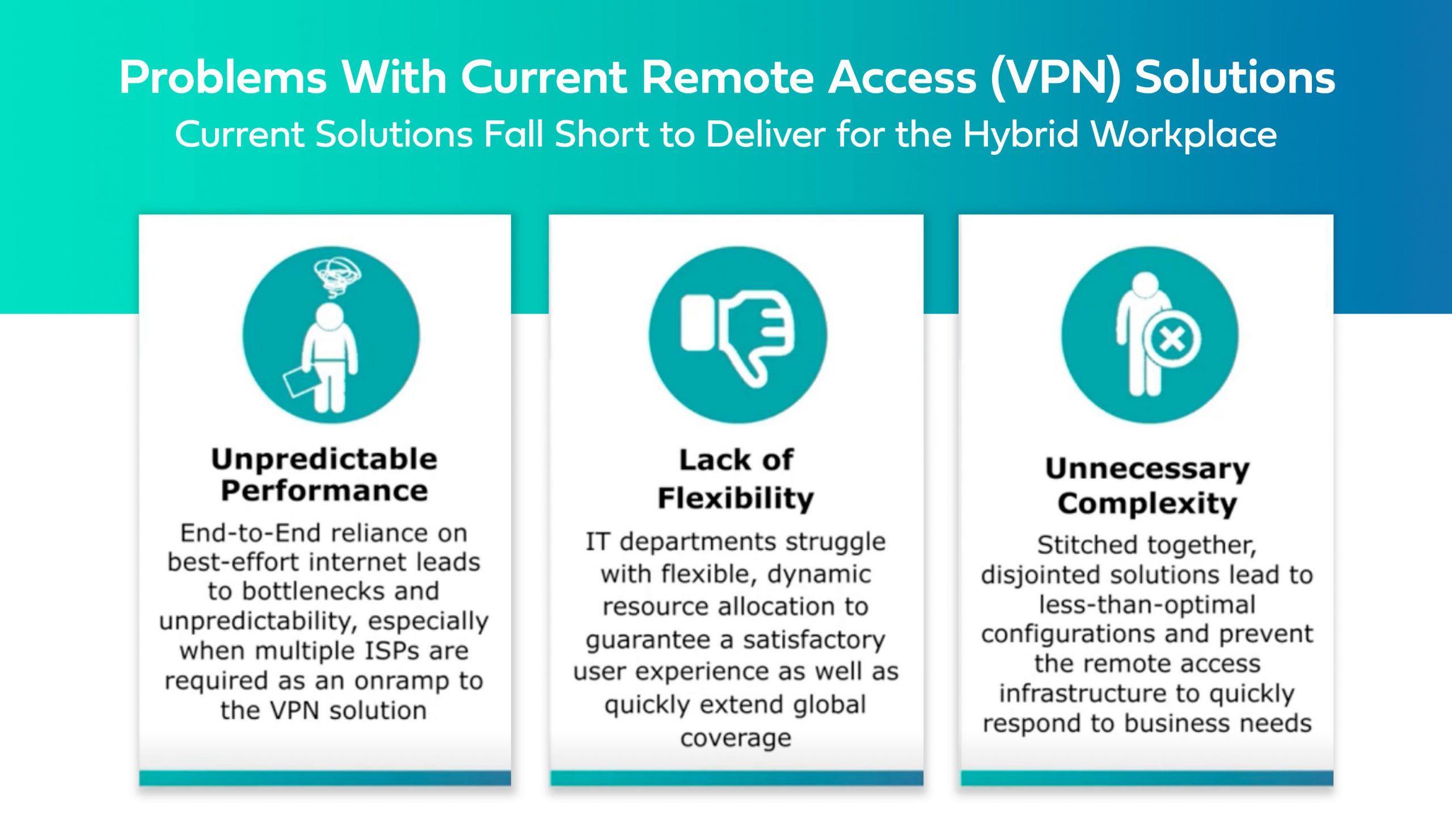
So what are the limitations with the two most widely used models to access VPNs?
On-Premises Architecture
This one has been an enterprise staple for years. While it did a fair bit to help businesses, the architecture is still very on-premises centric. The core enterprise infrastructure is treated as the center of the universe and all the user traffic is funneled through it.
While backhauling may work for a site-to-site VPN, it doesn’t sit well with SaaS, IaaS, and other cloud-based network traffic. Moreover, the performance and security challenges of traditional VPNs are well recognized and documented. They were simply not designed for today’s distributed and dynamic cloud-based environments.
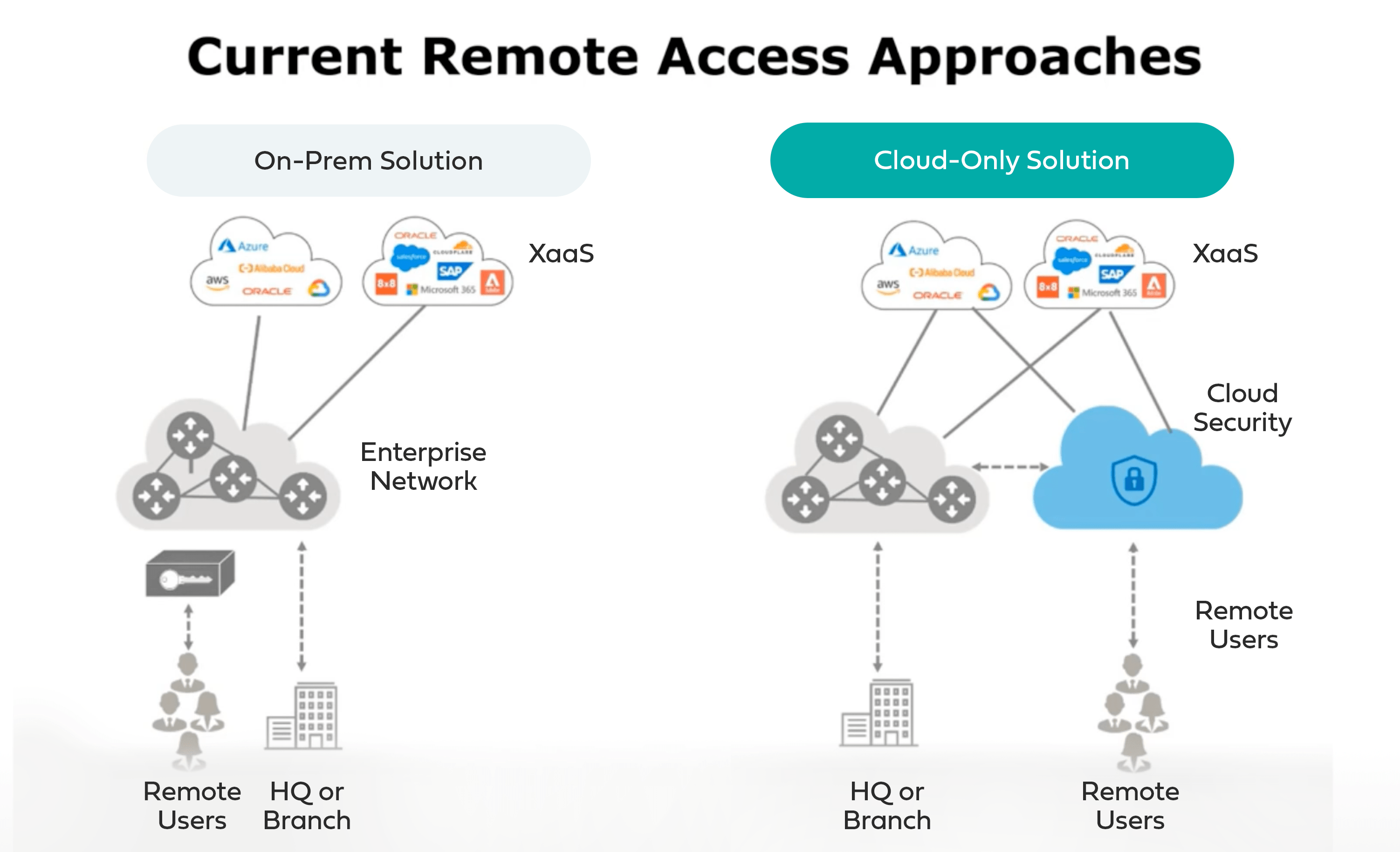
Cloud-Only Architecture
In this setup, users basically go for the architectural gamble that internet connectivity will always remain stable and predictable enough to provide a pristine user-experience. But both of these models take a very one-sided approach to solve the problem. The assumption is that all of your applications are either on the cloud or residing on-premises in the company’s data center. The lack of predictability of the application experience and performance is the biggest drawback here, as there are no guaranteed SLAs.
Given that a hybrid workforce is the new normal, such disjoint solutions do not cut it. What you want is a solution with a unified architecture that brings everything under one umbrella.
The Future of VPN Solutions
Aryaka SmartSecure Private Access enables optimal support for the hybrid workforce, irrespective of whether the resources are hosted on-premises, in the cloud, or accessed from the most far-flung locations.
Our flexible consumption model lets users dynamically relocate their subscribed bandwidth between branches, cloud instances, and remote users. Essentially, the branch offices and remote workers are merged into a single-unified architecture.
How Does It Work?
Every Aryaka PoP act as a Private Access instance, serving as a remote access VPN gateway for the users. When it comes to performance, the VPN traffic from a remote user, upon terminating on the PoP, gets the same treatment as the traffic coming from a regular on-premises user.
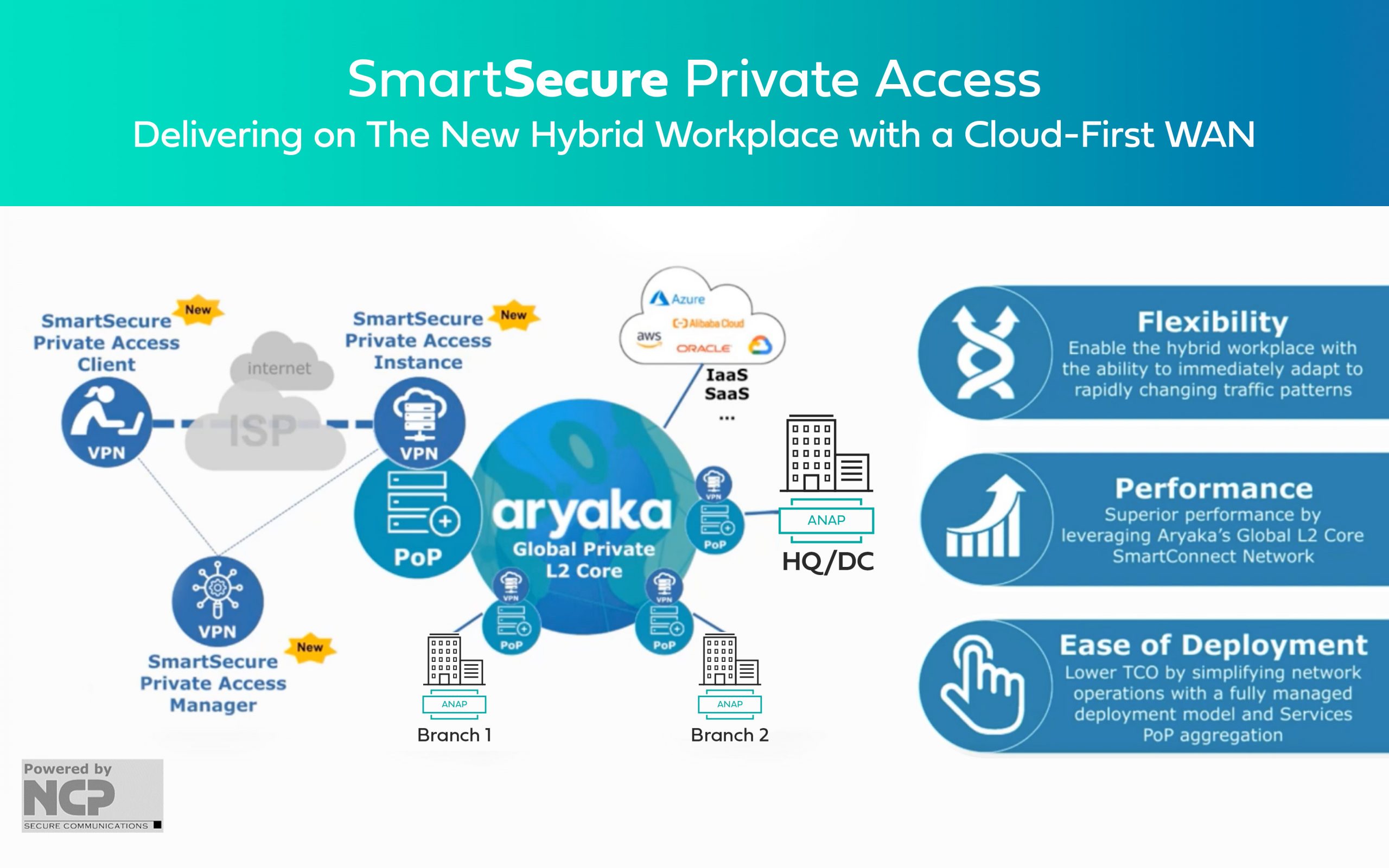
The traffic traverses over the Aryaka global L2 optimized core, leveraging all the optimization benefits before reaching the destination. We had some of our users from Beijing download a 100 Mb file from their Azure instance in Western Europe. They witnessed up to 400% performance improvement over the Aryaka backbone compared to an internet IPSec tunnel.
The Security Piece
Customarily, VPN solutions are treated as something completely separate from network and security deployments. That was until the market coined the idea of converging network and security intelligence to the cloud. The SASE model.
So how does our solution keep up with the security requirements?
Aryaka SmartSecure Private Access integrates with Check Point CloudGuard Connect at the Aryaka PoP, optimizing and securing all the traffic that lands on it. We have integration with leading security solution vendors such as Palo Alto, Zscaler, Check Point, and Symantec to address branch-office security.
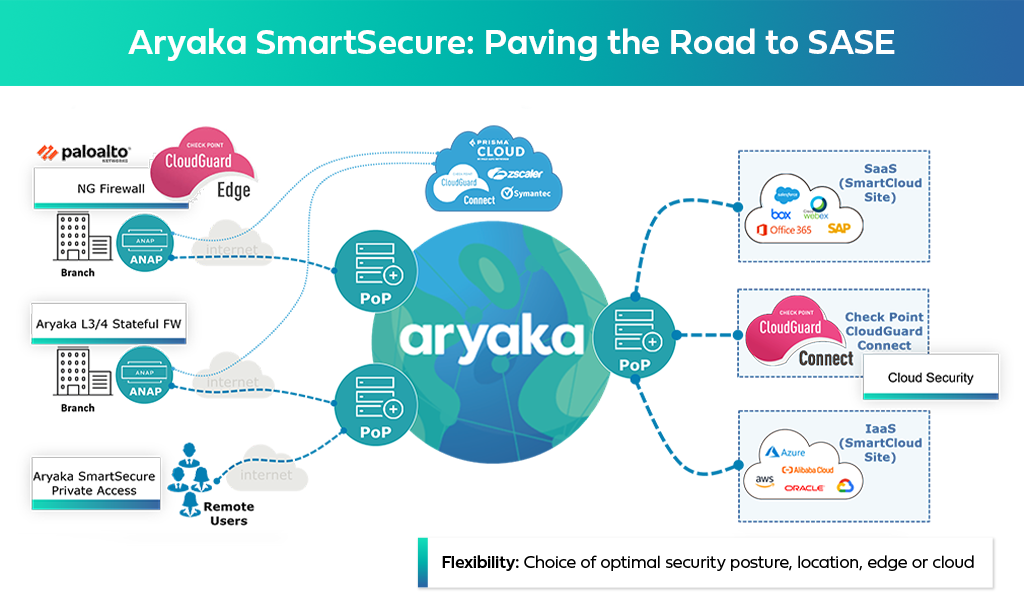
While all this may come across as too many moving parts, it comes to the users as an end-to-end managed service, hiding all the complexity, and allowing them to reap the benefits of a truly converged architecture.
Learn how Aryaka VPN enables your hybrid workforce.
Are you contemplating the ROI on such investment? Read SD-WAN ROI white paper.
Looking for step-by-step guidance to fuel your hybrid workforce plan? Reach out to us and we will be happy to help.




